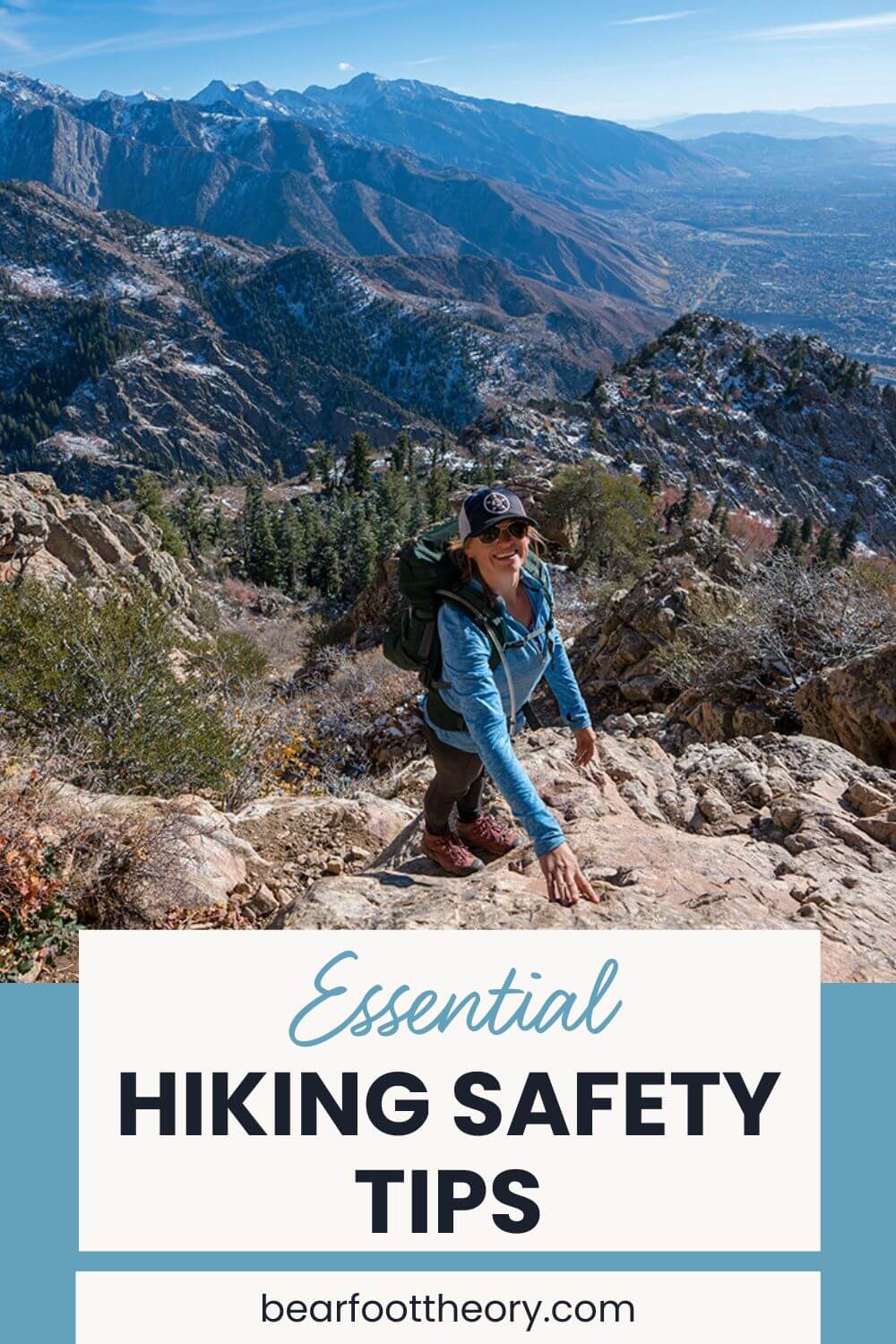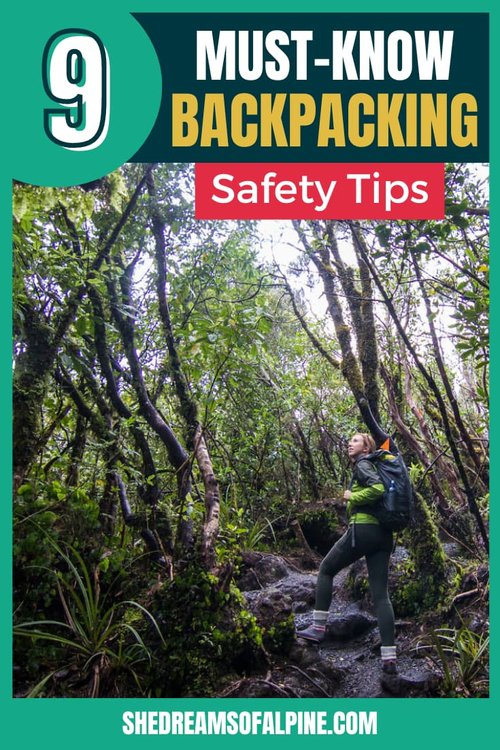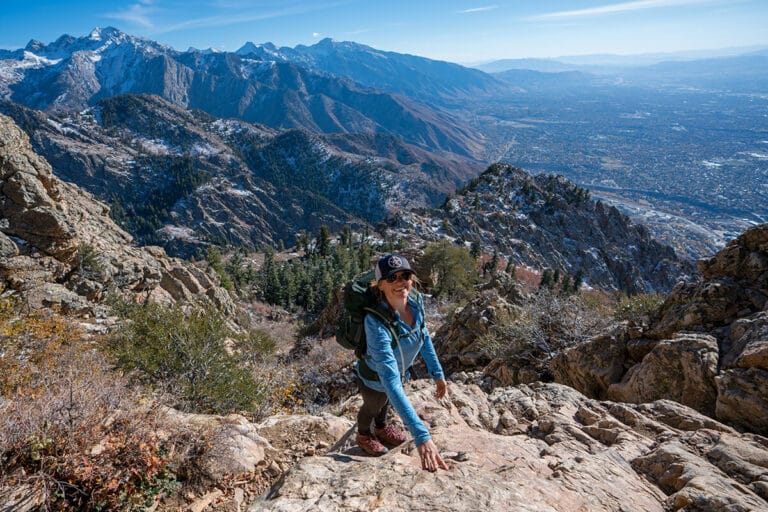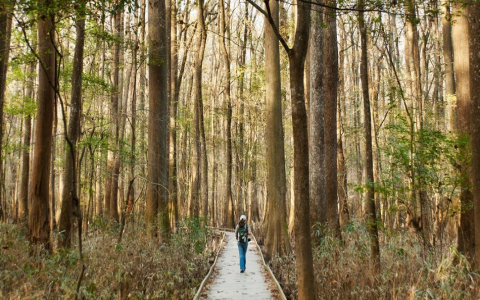Okay, so, I’ve been lucky enough to do a fair bit of hiking in different corners of the world. It’s awesome, truly. But, and this is a big ‘but’, stepping onto a trail in a place where you barely speak the language and the maps look like spaghetti? That needs some serious thought beforehand. I’ve learned a few things, sometimes the hard way, and I wanted to share how I go about it.

My Pre-Trip Ritual: No Winging It Here
Right, so the moment I even think about a hiking trip abroad, the homework starts. I’m not just scrolling through pretty pictures of mountains. Nope. I dig deep. What are the local critters I need to know about? Any weird plants? What’s the weather really like when I’m planning to go? I nearly got myself into a nasty situation with unexpected monsoons in Asia once because I just glanced at the ‘dry season’ dates. Turns out, ‘dry’ can mean different things in different valleys. That was a wake-up call.
Then, insurance. Oh man, don’t skimp on this. I always make sure mine covers hiking specifically, and if I’m going way out in the sticks, I check for evacuation cover. Sounds dramatic, but you just never know. Better to have it and not need it, you know?
And this is crucial for me: I always, and I mean always, leave a super detailed itinerary with someone I trust back home. I’m talking trail names, expected timings, park entrances, the lot. And a ‘panic by’ time. If they don’t hear from me by then, they know to start ringing alarm bells. It’s just sensible.
On the Ground: Local Knowledge is King
So, I’ve landed. The research doesn’t stop there. First thing I do is try to get local intel. I’ll chat with the folks at my guesthouse, or if there’s a ranger station, I’m straight in there. They’ll know things the internet forums don’t. “Oh, that bridge is out,” or “Yeah, there’s been a grumpy bear spotted on that upper trail.” That kind of stuff is priceless. I’ve changed plans last minute based on local advice more times than I can count, and I’m glad I did.
My phone gets fully juiced up, of course, and I carry a power bank. But here’s a big one I learned in the Italian Dolomites once – phone died, fog rolled in, and suddenly my fancy GPS app was useless. Never, ever rely solely on your phone for navigation. A physical map and a compass, and actually knowing how to use them, that’s my backup. And honestly, it should be your primary sometimes.

Out on the Trail: Keeping My Wits About Me
Alright, boots on, pack sorted, finally hitting the trail. This is the good part! But it’s not the time to switch off your brain. For me, staying safe on the trail comes down to a few key things I always drum into my head.
Sticking to marked trails is a big one. I know, the call of that little deer path into the unknown is strong. But getting lost in a foreign country, where you might not even be able to ask for directions properly? Nah. I’ve seen enough survival shows. It’s just not worth the risk for me.
Water, water, water. And snacks. I probably look like a walking pantry, but I always carry more than I think I’ll need. Dehydration or a sugar crash can hit you fast, especially when you’re excited or pushing yourself. I also carry a small water filter or purification tablets. Saved me a few times when I misjudged my water needs on a hot day.
And I just try to be… aware. What are those clouds doing? Are they getting darker, moving faster? Any animal signs that look a bit too fresh? Are there other hikers around, or am I completely alone? It’s not about being scared; it’s just about paying attention. I once had to make a quick detour in Canada because I spotted fresh bear scat right on the trail. Glad I was looking down and not just at the mountain peaks!
The Little Things That Make a Big Difference
It’s not always about the big dramatic stuff. Sometimes it’s the small, common-sense things that really count for a smoother, safer trip.

- Learning a few basic local phrases is huge. “Hello,” “thank you,” “water,” and especially “help.” You’d be surprised how far a little effort goes.
- A decent first-aid kit, and actually knowing what’s in it and how to use it. I’m not talking major surgery, but being able to deal with blisters, cuts, or a sprain can make a massive difference to your day, or even your whole trip.
- If I’m hiking solo, which I do sometimes, I’m extra cautious. I always tell someone at my accommodation exactly where I’m going and when I plan to be back. And I check in when I return. On a particularly remote solo hike in New Zealand, I even rented a personal locator beacon. Felt a bit like overkill, but the peace of mind was worth every cent.
- Being sensible about valuables. Not flashing cash or expensive cameras around, especially at trailheads or in more touristy spots that border wilder areas.
Why All the Fuss?
Look, I know this might sound like a lot of planning and maybe a bit boring. Some folks like to just go with the flow. But for me, doing all this prep work means I can actually enjoy the hike. I’m not second-guessing myself or worrying about what might go wrong, because I’ve already thought about a lot of it and have a plan, or at least the right gear.
Exploring trails in other countries has been one of the best things I’ve ever done. The landscapes, the challenge, that feeling of being somewhere completely different… it’s magic. And doing it safely means I get to keep coming back for more adventures. And that, at the end of the day, is what it’s all about for me.









